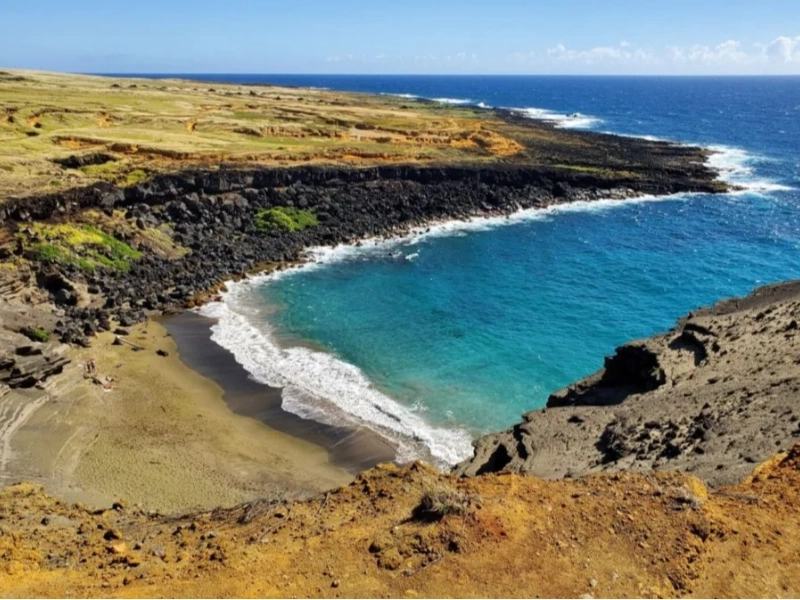2. The Geological Marvel of Papakolea Beach, Hawaii

A natural marvel that defies traditional ideas of what a beach should look like sits on the southernmost point of Hawaii's Big Island Papakolea Beach, sometimes referred to as Green Sand Beach, is evidence of the raw force of volcanic activity and the amazing beauty resulting from the most extreme Earthly events. Nestled at the base of Pu'u Mahana cinder cone, this crescent-shaped cove features olive-green sand on its beach that is almost extraterrestrial in look. This unusual colour comes from the volcanic past of the Hawaiian Islands, more especially from the mineral olivine that is somewhat common in the surroundings. Made deep below the Earth's mantle and brought to the surface by volcanic eruptions, Olivine—also known as peridot when of gem quality—is a mineral The special nature of Papakolea Beach has been greatly shaped by the olivine-rich basaltic lava from the adjacent Pu'u Mahana cinder cone. The constant movement of wind and waves over millennia has worn the volcanic rocks, releasing innumerable olivine crystals that have gathered along the coast. Combining black volcanic sand and shards of lava rock with these small green jewels produces an amazing mosaic that varies with the play of light and water. Particularly when wet or seen under the brilliant Hawaiian sun, the result is a beach that seems to glitter with an otherworldly green radiance. Papakolea Beach is a result of continuous geological processes; the nearby cliffs' regular erosion provides fresh olivine crystals to the shore. But this also implies that the beach is always changing; the green sand is progressively being carried away by ocean currents. The experience of visiting Papakolea Beach gains urgency from its dynamic character since the forces of nature still form and change this special environment.

